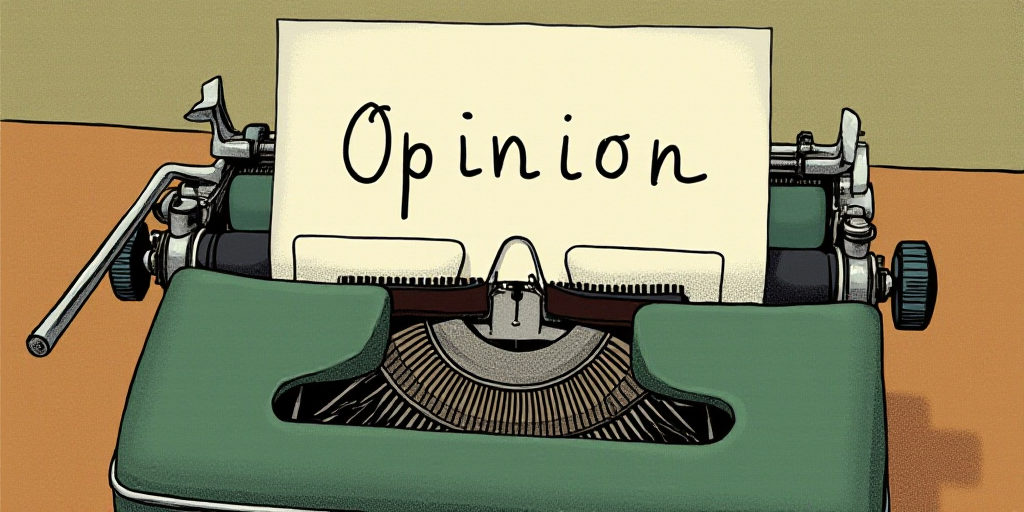Introduction to Hieronymus Bosch’s “The Extraction of the Stone of Madness”
Hieronymus Bosch’s “The Extraction of the Stone of Madness,” displayed at the Prado Museum, is a 16th-century painting depicting a medieval surgery where the “Stone of Madness” is being removed from a patient’s head. Art historian Pedro Ortez de Zarate considers this a masterpiece against ignorance and superstition, as people in 16th-century Flanders believed that mental illness was caused by a stone growing in one’s head.
Bosch’s Satirical Commentary
The painting satirizes credulity, ignorance, quacks, and their patients. However, it can also be seen as a metaphor for today’s society, with individuals being “enajenado y perturbado” due to technological endocolonization through microchips, implants, and highly extractive data, information, and creativity technologies.
Grok: Elon Musk’s AI and Modern Concerns
Elon Musk’s AI, Grok, has faced criticism from conservative supremacists in the United States for being politically correct. Musk announced Grok 4, an evolved version, but experts found that its mental processing aligns with Musk’s opinions. This raises concerns about the potential “planting of the Stone of Madness” in users’ minds, as they would be exposed to vertical diffusion of Musk’s opinions from a significant technopolitical agent who has transitioned from politics to seeking a party in his country.
AI’s Impact on Society
AI technologies like Grok and ChatGPT offer speed and increasing accuracy in searches and content generation. These advancements have blurred the lines between time and space, initially established by geolocation and augmented reality. YouTube’s recent redefinition of content protection through the term “non-authentic content” exemplifies this shift, bypassing regional legislation.
Technosocial Implications
Expert Aldo Ricardo Rodriguez distinguished between “non-monetizable inauthentic content” and “monetizable authentic content,” acknowledging that the issue lies not with the tool but the absence of human involvement. The rapid dissemination of synthetic voices, automated content, and mass-generated material reflects a societal focus on maintaining human attention rather than fostering thoughtful critique.
The Human Condition in the Age of Technology
In his book “Vida cotidiana y velocidad,” Lluis Duch pondered the appropriate pace for human existence to avoid dissolving into frenzy, apathy, or boredom. With technology dictating time, human well-being—physical, mental, and spiritual health—now largely depends on the quality of “anthropological space and time” as described by Maurice Merleau-Ponty.
Cell Phones and Social Isolation
Irene Vallejo warns that cell phones silence us more often than we silence them, as we engage in failed escapes driven by the social condition of speed and increasingly personalized mass communication that isolates, profiles, and homogenizes individuals. This may lead to a form of madness, with the “Stone of Madness” potentially implanted in our brains.
Key Questions and Answers
- What is Hieronymus Bosch’s “The Extraction of the Stone of Madness” about? It is a 16th-century painting depicting a medieval surgery where the “Stone of Madness” is being removed. It satirizes credulity and ignorance, symbolizing mental illness beliefs of the time.
- How does Grok, Elon Musk’s AI, relate to modern concerns? Criticized for being politically correct, Grok’s mental processing aligns with Musk’s opinions, raising concerns about potential manipulation of users’ beliefs.
- What are the implications of AI technologies on society? AI offers speed and accuracy but blurs boundaries between time and space, and platforms like YouTube redefine content protection, bypassing regional legislation.
- What are the technosocial concerns regarding AI and human well-being? Experts distinguish between inauthentic and authentic content, while Lluis Duch questions the appropriate pace for human existence amidst rapid technological advancements.
- How do cell phones impact our social condition and mental health? Irene Vallejo warns that cell phones may lead to social isolation and a form of madness, with the “Stone of Madness” potentially implanted in our brains.






